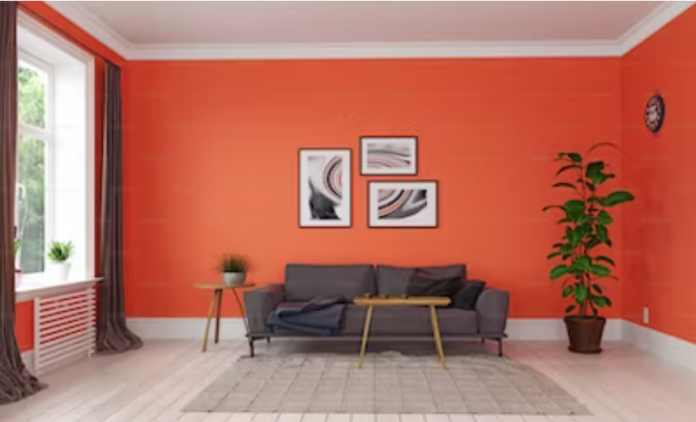Before you begin painting your interior walls, create a cohesive color scheme. This will help you make your design decisions throughout the process, ensuring a smooth and seamless transition from one room to the next.
The key to a cohesive color scheme is understanding color theory and choosing colors that complement each other or contrast in different ways. A color wheel can be a valuable tool for this.
Choose a Palette
When choosing paint colors for your home, creating a cohesive color scheme that works well throughout your space is essential. A coherent palette will help you make decorating decisions more quickly and easily and eliminate any guesswork.
Start by examining your home’s existing furniture, decor, and fixtures. This will help you determine the paint colors that pair best with these items and what color is recommended to match living finishes, such as hardwood flooring or stone.
Next, consider the light in your space and how it changes from day to night. While deciding on your colors, note how the room looks during light conditions. This will help you avoid using a color that seems gray when it’s not sunny or too pink when it’s not dark.
Once you have a set of colors in mind, visit your local store and pick up a few samples. Try to get at least two pieces of each color, so you can see how they mix and blend. This will help you make the best decision for your interior painting project and save you a ton of money in the long run!
Choose a Dominant Color
There are many options when choosing paint colors for your apartment or condo. While many homeowners may feel overwhelmed by the sheer number of choices available, it’s important to narrow your options to a few essential shades that best complement your unique design tastes and style. In addition, choosing the best color scheme for your space will help maximize the functionality of your home.
For example, the best colors for your interior space should complement the furniture, artwork and another decor in your apartment or condo. While at it, choose colors that work with your existing flooring, carpet and window treatments to create a more harmonious design.
Fortunately, most paint manufacturers provide color samples to assist you in making your color choice. Once you’ve settled on your color scheme, please test it out with a few wall swatches to see for yourself. Consider hiring an architect or interior designer to advise you on choosing the best colors for your space and tips on achieving the perfect color palette for your unique personality.
Choose a Flow-Through Color
One of the key elements to creating a cohesive color scheme for your interior painting project is choosing a flow-through color. This will help connect the rooms in your home and prevent a choppy look.
Choosing a flow-through color is easier than it may seem. It just takes some research and a little effort.
Start by looking at design and decorating magazines, websites and books to get ideas for your color palette. It’s also a good idea to visit the paint store to get large samples to bring home and try.
After deciding on your primary color, choose accent colors for each room to tie them together. For example, bright yellow paint and leafy greens create a natural harmony.
Another way to choose a flow-through color is to use a monochromatic or analogous color scheme, allowing for nuance and elegance in your design. These color schemes use just one dominant color and the others more sparingly to add interest.
If you need more clarification about what direction you want your color scheme to take, talk to a professional like Fresh Coat Painters. They have experience painting numerous homes and can advise on the right color for your space.
Besides color, a room’s light can also make a difference in appearance. A room with very little natural light will appear much darker than one with plenty of sunshine.
Choose an Accent Color
Choosing an accent color is one of the most important aspects of any interior painting project. It should complement your dominant color and add personality to your space. It can be used in large or small areas and should be used sparingly to avoid becoming overpowering.
To choose an accent color, look at your current decor or a piece of artwork or textile you love. For example, if you have a navy blue couch with forest green pinstripes and throw pillows, consider using forest green on your accent wall to tie the room together.
For a cohesive effect, paint the rest of your walls in neutral colors like white, beige, gray or greige. This will keep your accent color from clashing with the walls and stealing the spotlight.
Consider the lighting in the room, which will affect the overall look of the accent color. For example, warm colors will work best if your accent wall is east-facing and you plan to use the room during the day.
For a more traditional method of determining an accent color, visit your local hardware or paint store and bring home several swatches to see how they look in the light at different times of the day. It’s essential to choose swatches from various manufacturers for the best results.










